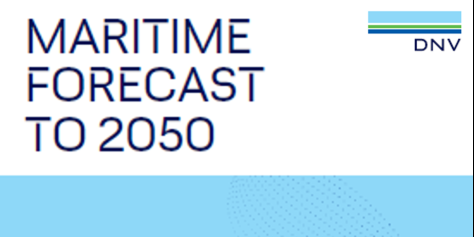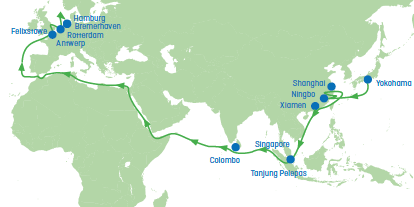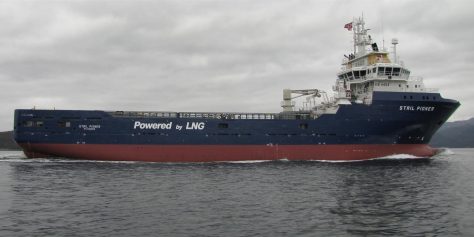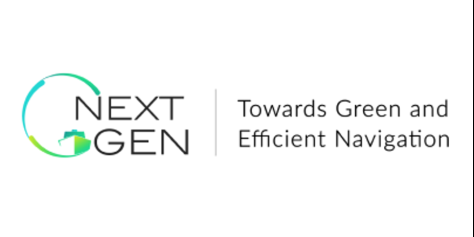24 Nov 2021 DNV published in September 2021 the fifth update of its Maritime Forecast Report 2050 where the decarbonization scenarios of maritime transport are analyzed and ...
The new Clydebank Declaration, presented on Wednesday at the UN COP26 meeting in Glasgow, backed by the United States, the United Kingdom, Japan, Norway and 15 other countries, aims to have at least six "green maritime corridors in place. "by" the middle of this decade "and develop" more and greater "routes by 2030.
The international maritime sector met with an emblematic event: Shaping the Future of Shipping, in Glasgow on Saturday, November 6, coinciding with COP26. The conference addressed key strategic issues on the rapidly evolving path to the decarbonization of shipping, showcasing their efforts to decarbonize and deliver a sustainable and equitable future for the industry.
The tests will be carried out on the "Stril Pioneer", an offshore supply vessel (OSV) currently operating with Wärtsilä 32DF dual-fuel engines using LNG as the primary fuel. . By using a mixture of ammonia and LNG, CO2 emissions from the combustion process will be significantly reduced
The Energy Tax Directive, or Energy Tax Directive, has been harmonizing taxes on fuels and electricity in the European internal market since 2003. With the revision proposed in Fit for 55, the Directive will also regulate taxes on marine fuels.
The NextGEN initiative aims to facilitate the exchange of information on decarbonisation initiatives among many stakeholders (including IMO Member States, NGOs, industry and academia); identify opportunities and gaps for decarbonization in the global maritime community; and create important networks and platforms for collaboration between these initiatives. This network initiative has been dubbed "NextGEN", where GEN is short for "Green and Efficient Navigation".






